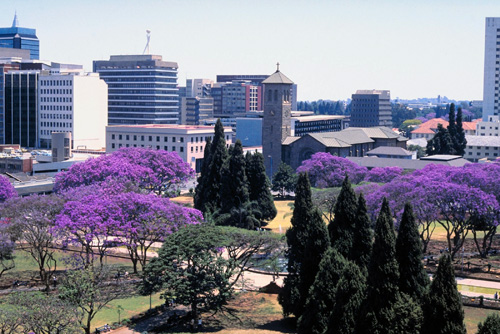by Wallace Mawire
A report produced by the Institute of Environmental Studies (IES) on the proposed National Climate Change Response Strategy in Zimbabwe has revealed that there is increasing evidence of deteriorating air quality in the country’s main cities.
The IES, a department of the University of Zimbabwe (UZ) was contracted by the Ministry of Environment and Natural Resources Management to come up with a national climate change response strategy for Zimbabwe.
The strategy report says that studies conducted by the Air Pollution Information Network for Africa show that carbon monoxide constituted 74% of Zimbabwe’s total emissions using 2000 as the base year and was mostly from savanna and vegetation burning including forest fires.
“The other pollutants such as nitrogen oxide contributed about 5% methane emissions and were not included in the emissions inventory,” the report says.
It adds that deteriorating air quality in the main cities is particularly noticed over the dry winter months when thermal inversions prevail trapping particulates and causing smog.
“Tropospheric ozone is a significant green house gas and is the third most important contributor to the anthropogenic enhancement of global warming after carbon dioxide and methane,” the report says.
The Air Pollution Information Network for Africa is also reported to have modelled tropospheric ozone concentrations over Southern Africa and showed a band of high surface ozone values extending over Botswana and Zimbabwe down into the north eastern parts of South Africa.
The report says the main causes of change in atmospheric composition in Zimbabwe are urbanization, motorization, economic activity, power generation using fossil fuels,use of biomass for energy and open burning including vegetation fires and waste burning.
“These are the drivers of emissions of substances in the atmosphere,” the report says.

